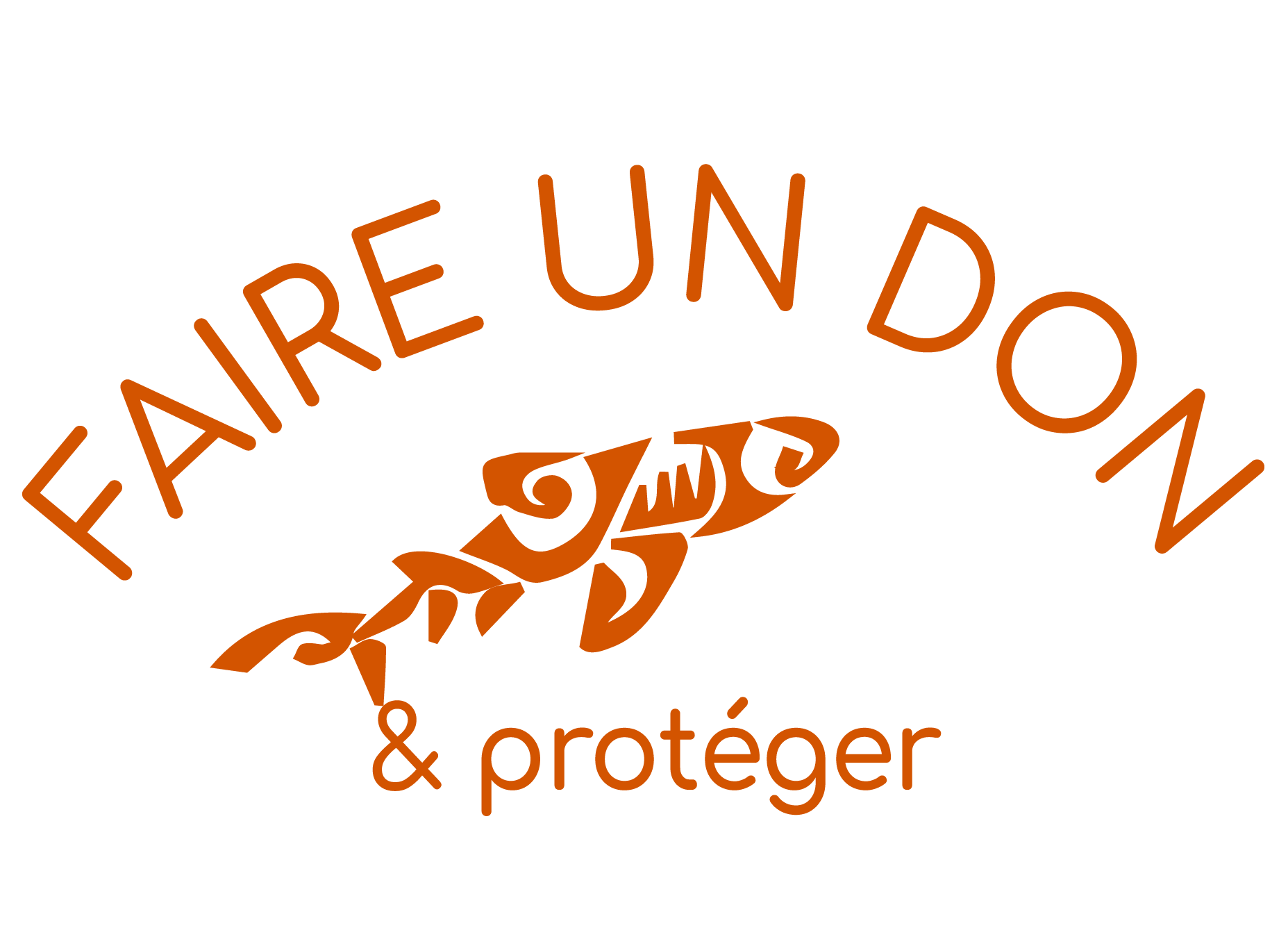Rapid, reliable, and cost-efficient assessments of the invasion status of islands is key to accelerate restoration efforts and responses to potential re-invaders or survivors of an attempted eradication. The use of environmental DNA (eDNA) might be a powerful new tool to inform and accelerate decision-making in island restoration management. We used the Tetiaroa rat and YCA eradication operations to assess the capabilities and limits of eDNA in an applied real-world island management scenario for the first time. In 2023, we conducted the third sampling campaign on four motus of Tetiaroa atoll to analyse eDNA occurrence and concentrations one year after the atoll-wide eradication operation.




